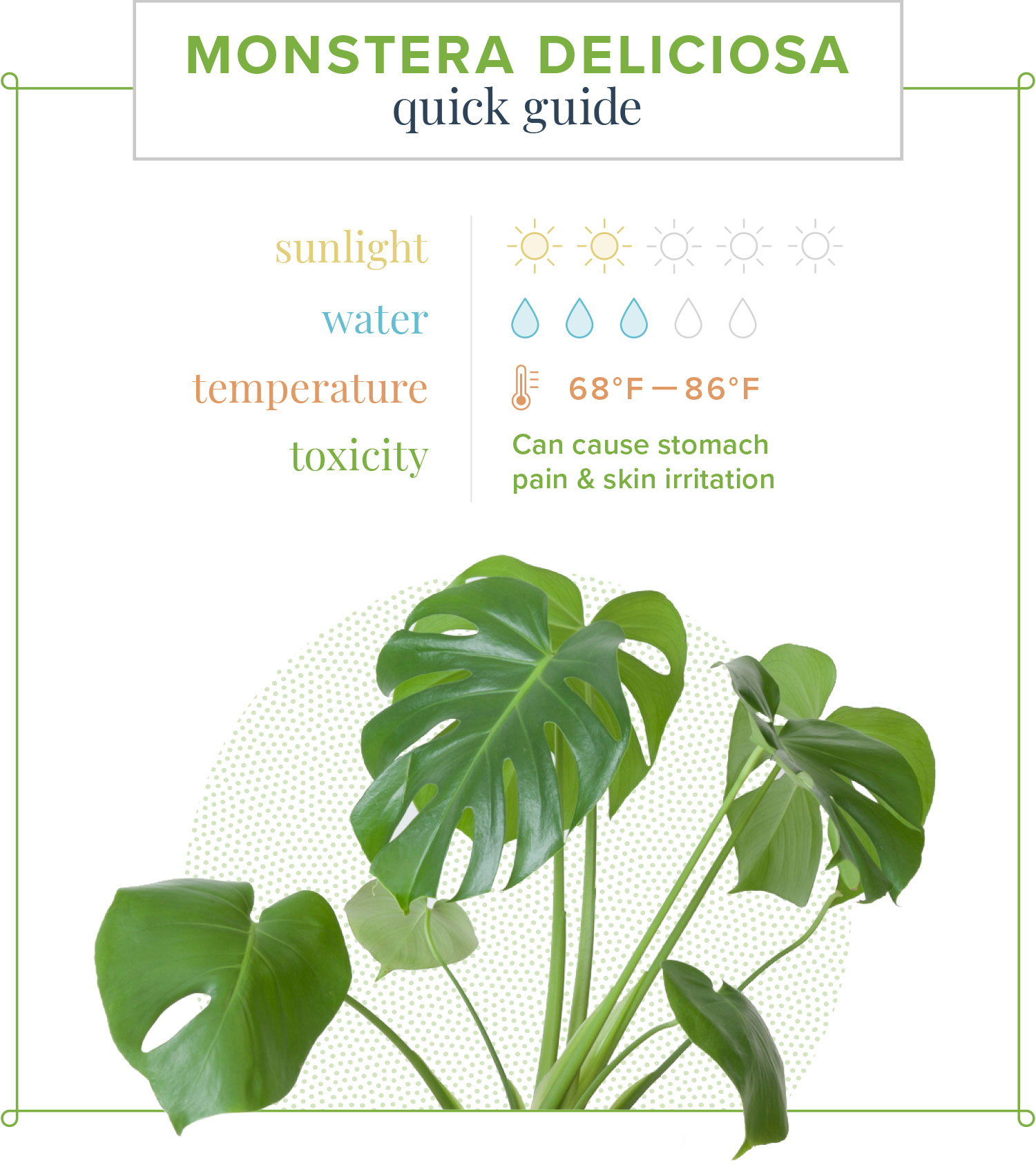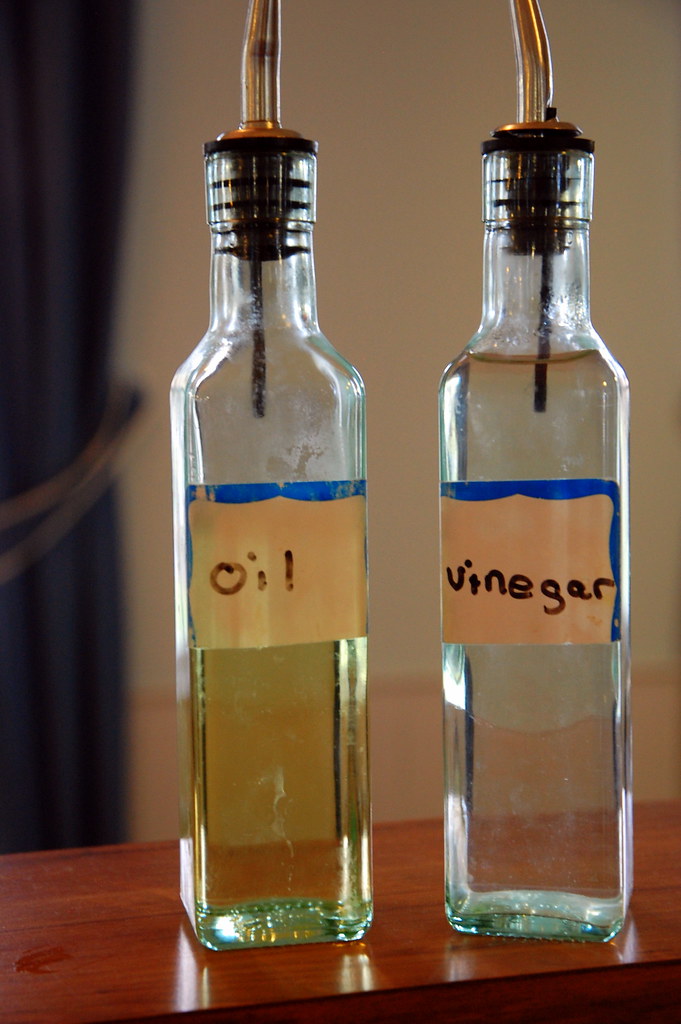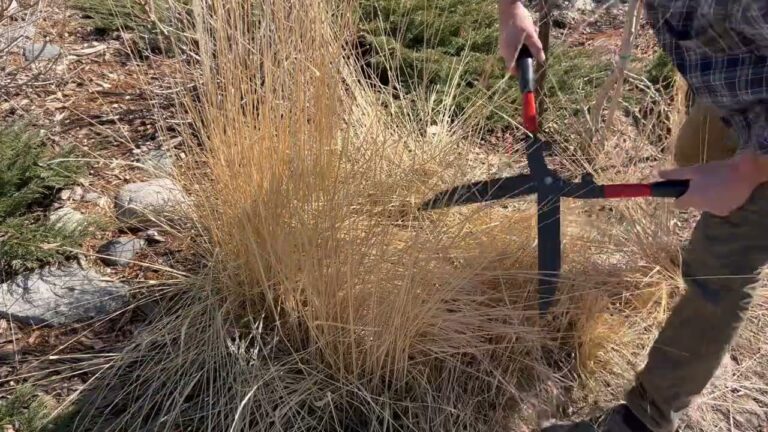How To Grow And Care For Monstera Deliciosa
Monstera Deliciosa is a tropical plant native to Central and South America. It is known for its large, deeply cut leaves and its delicious fruit. It is a fast-growing evergreen vine that can reach heights of up to 30 feet in its native environment. This plant requires plenty of bright, indirect light, moist soil, and regular fertilization to thrive. With proper care, it can be a stunning addition to the home garden. In this guide, we’ll discuss the best practices for growing and caring for Monstera Deliciosa, including how to select the right variety for your garden, how to fertilize and water your plant, and how to deal with pests and diseases.
Planting Monstera Deliciosa
Monstera deliciosa, commonly known as the Swiss Cheese Plant, is a tropical, evergreen climbing plant that is native to Central and South America. It is popular for its attractive foliage and its ease of care. When planted in the right conditions, it can grow to be quite large. For those looking to add a bit of greenery to their home, Monstera deliciosa is a great choice!
When planting Monstera deliciosa, it is important to choose a pot that is large enough to accommodate the plant’s growth. The soil should be well-draining and rich in organic matter. This plant prefers indirect sunlight, so it’s best to place it in an area with bright, filtered light.
To water Monstera deliciosa, check the soil’s moisture level before watering. If it’s dry, give the plant a good drink. Allow the top inch of soil to dry out before watering again. If you’re growing Monstera deliciosa outdoors, water it more frequently during the summer months.
Fertilize Monstera deliciosa once a month during the growing season with a balanced liquid fertilizer. This will help to keep the plant healthy and promote new growth.
If you’re looking for an attractive, low-maintenance plant, Monstera deliciosa is a great choice. With the right care, it will thrive and become a beautiful feature in your home.
Light Requirements for Monstera Deliciosa
Monstera Deliciosa, also known as Swiss Cheese Plant, is a popular houseplant due to its unique foliage and low-maintenance nature. It’s native to tropical rainforests and thrives in warm and humid environments, which can be difficult to replicate in many homes and offices. To ensure your Monstera Deliciosa remains healthy and beautiful, it’s important to provide it with the right light requirements.
Monstera Deliciosa thrives in bright, indirect light. This means that you should place your plant near an east or west-facing window, but not too close to the glass as this will cause the leaves to burn. To make sure it receives enough light, it’s best to rotate your plant every few weeks so that it’s evenly exposed to the sun. Additionally, the plant will benefit from being moved outside for a few hours each day to get some direct sunlight.
Monstera Deliciosa also needs to be shaded from intense, direct sunlight. Too much direct sunlight can cause the leaves to burn, so it’s important to provide some light shade to protect it from the sun’s harshest hours. As the day progresses, the light intensity will decrease, allowing your Monstera Deliciosa to enjoy the sun’s warming rays without the risk of burning.
In summary, Monstera Deliciosa needs bright, indirect light to thrive. It should be placed near an east or west-facing window and rotated every few weeks to ensure it receives enough light. To protect it from intense, direct sunlight, provide it with some light shade. By following these tips, you can create the perfect environment for your Monstera Deliciosa to flourish.
Watering Monstera Deliciosa
Watering your Monstera deliciosa is essential to keep it happy and thriving. The best way to water your plant is to give it a generous soak, allowing all of the soil to become completely saturated. It’s important to ensure that the soil is not overly wet, as this could cause root rot. The frequency of watering will depend on the size and age of your plant, as well as the environment in which it is kept. In general, Monstera deliciosa should be watered when the top 2-3 inches of soil have dried out. If you’re unsure, stick your finger in the soil and feel for moisture. If the soil is still damp, then wait until the next day before watering. Water thoroughly, until you see water draining from the bottom of the pot.
Fertilizing Monstera Deliciosa
Monstera deliciosa, otherwise known as the Swiss cheese plant, is a stunning tropical houseplant that can add a touch of beauty to any room. As with other plants, it is important to ensure that your Monstera is adequately nourished to ensure it continues to grow and thrive. Fertilizing is an essential part of caring for Monstera deliciosa and is needed to give the plant the nutrients it needs to develop and grow.
When fertilizing Monstera deliciosa, it is important to use a balanced fertilizer that is formulated for houseplants. A balanced fertilizer will provide your Monstera with the right mix of essential nutrients which will help the plant to grow healthy and strong. It is generally recommended to use a fertilizer with an NPK ratio of about 10-10-10 – this is a good all-purpose formula for most houseplants. The fertilizer should be applied at half strength once a month during the growing season.
It is also important to be mindful of the amount of fertilizer you are applying, as too much can cause the plant to become burned or damaged. Make sure to follow the instructions on the fertilizer package and be careful not to over-fertilize. It is also important to ensure that the soil is adequately moist before applying the fertilizer, as this will ensure that the fertilizer is properly absorbed by the plant.
By following these tips, you can ensure that your Monstera deliciosa receives the nutrients it needs to grow and thrive. With the right care and attention, your Monstera will be sure to flourish and bring a touch of beauty to your home.

Pruning and Training Monstera Deliciosa
Training Monstera Deliciosa is also important to encourage it to grow in the desired direction. Training involves tying and guiding stems and branches to create a desired shape. When training your Monstera Deliciosa, it is important to use a soft material such as cotton or bamboo to ensure that the stems are not damaged. Additionally, it is important to loosen the ties every week to make sure that the stems are still able to grow.
Pruning and training your Monstera Deliciosa are essential components of its care and will ensure that it is healthy and vibrant. With proper pruning and training, your Monstera Deliciosa will look beautiful and be a stunning addition to your home.
Pest and Disease Control for Monstera Deliciosa
When it comes to your Monstera Deliciosa, keeping it healthy and thriving is always top of mind. The good news is that Monstera Deliciosa is a resilient plant and requires minimal maintenance. However, it is also prone to some pests and diseases that can affect its health. Understanding how to care for your Monstera Deliciosa and the various pests and diseases that can potentially cause damage is essential for optimal growth.
Mealybugs, aphids, and scale insects are the most common pests that may attack Monstera Deliciosa. While the pests can damage the leaves, they rarely cause permanent damage and can easily be removed with a cotton swab dipped in rubbing alcohol or a mixture of water and dish soap. Spider mites, on the other hand, are harder to remove and might require the use of insecticidal soap or neem oil.
Regarding disease, Monstera Deliciosa is prone to root rot, which is caused by overwatering. To prevent root rot, ensure that the soil is well-draining and never allow water to sit at the bottom of the pot. Additionally, keep your plant away from any source of heat or cold drafts, as these can cause sudden temperature changes, which can also lead to root rot.
Overall, Monstera Deliciosa is a very easy plant to care for and requires minimal maintenance. However, it is important to be aware of the pests and diseases that can affect it and take the necessary precautions to protect your plant. With proper care and attention, your Monstera Deliciosa will remain healthy and happy for many years.
Propagating Monstera Deliciosa
Monstera deliciosa, also known as the Swiss cheese plant, is a popular houseplant grown for its attractive foliage. This perennial evergreen is native to the tropical forests of Central and South America. It is an easy-to-care-for plant that can thrive in a wide range of home and office environments. If you’re looking to add more of these beautiful plants to your collection, you can easily propagate Monstera deliciosa from cuttings.
The best time to propagate Monstera deliciosa is in the spring. Take a cutting of the plant with a sharp sterilized knife or scissors. Make sure to include some aerial roots in the cutting. Remove the lower leaves and place the cutting in a container with moist soil. You can also use a rooting hormone to help promote root growth.
Monstera deliciosa is a fast-growing plant, so you should be able to see roots within a few weeks. When the roots become visible, transfer the cutting to a pot with well-draining soil. Place the pot in a bright spot, but avoid direct sunlight. Keep the soil moist and fertilize every two weeks with a balanced fertilizer.
Monstera deliciosa can also be propagated in water. Just take a cutting and place it in a jar of water. Place the jar in a bright spot but avoid direct sunlight. Change the water every three days to prevent bacteria growth and roots should start to form within a few weeks. Once the roots are visible, transfer the cutting to a pot with moist soil.
Propagating Monstera deliciosa from cuttings is a great way to add more of these stunning plants to your collection. With the right care and attention, your cuttings will quickly grow into healthy plants.
Troubleshooting Monstera Deliciosa
Monstera Deliciosa is a vibrant and lush plant that is a favorite of many. Despite its beauty, Monstera Deliciosa can be difficult to maintain because of its unique needs. To ensure that your Monstera Deliciosa is thriving, it’s important to understand how to care for it and troubleshoot any issues.
The most common problem when caring for a Monstera Deliciosa is overwatering. This can lead to root rot and other diseases. To avoid this, make sure you water your plant only when it is dry. You should also ensure that the soil is well-draining and that there is adequate airflow around the roots.
Another common issue is too much fertilizer. While fertilizer is important for healthy plant growth, too much of it can lead to burning. Make sure to only fertilize your Monstera Deliciosa every two weeks and follow the instructions on the label.
Finally, make sure your Monstera Deliciosa is getting enough light. Monstera Deliciosa prefers bright, indirect light for the best growth. If your plant is not getting enough light, make sure to move it to an area that receives more sunlight.
By understanding the basic needs of Monstera Deliciosa and troubleshooting common issues, you can ensure that your plant is healthy and thriving. With the right care, your Monstera Deliciosa will be a beautiful addition to your home.
FAQs About the How To Grow And Care For Monstera Deliciosa
1. What kind of soil should I use for Monstera Deliciosa?
A: Monstera Deliciosa should be planted in a rich, well-draining potting soil with a neutral pH level.
2. How much light does Monstera Deliciosa need?
A: Monstera Deliciosa likes bright, indirect light. Place the plant near a window that gets bright, indirect light or provides bright artificial light.
3. How often should I water Monstera Deliciosa?
A: Water Monstera Deliciosa when the top inch of soil has dried out. Water it thoroughly and allow any excess to drain away.
Conclusion
Monstera deliciosa is an easy-care plant that makes a beautiful addition to any home or office. With the right amount of light, water, and fertilizer, you can ensure this tropical plant will thrive for many years. When pruning, be sure to remove damaged leaves to help promote healthy growth. By providing the proper care and attention, you can enjoy the beauty of the Monstera deliciosa for many years to come.




